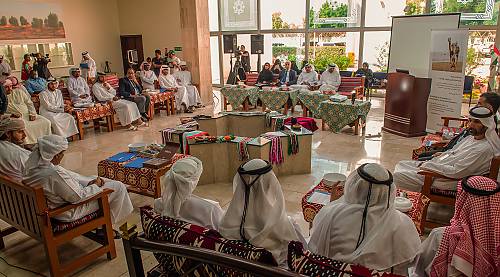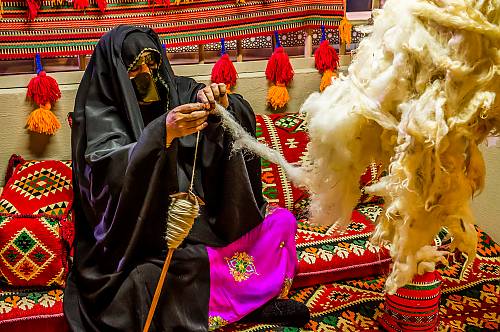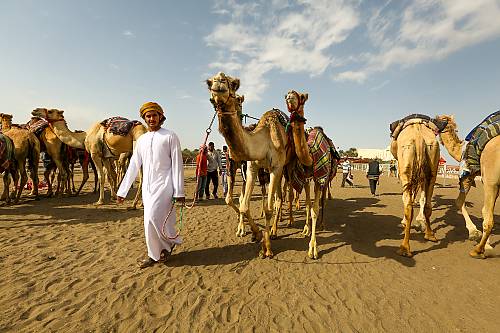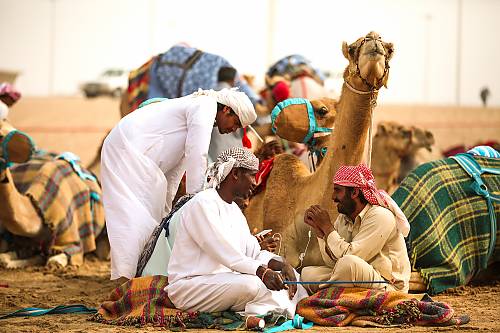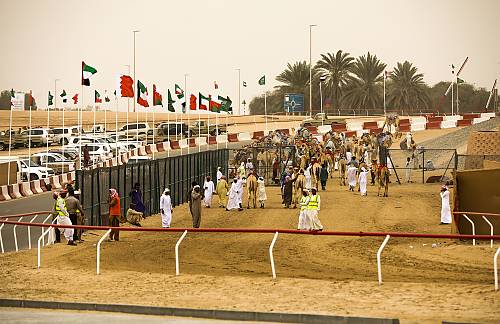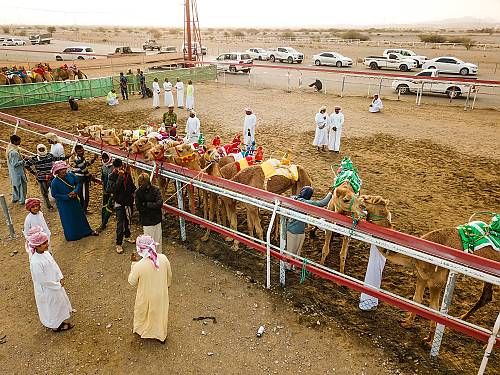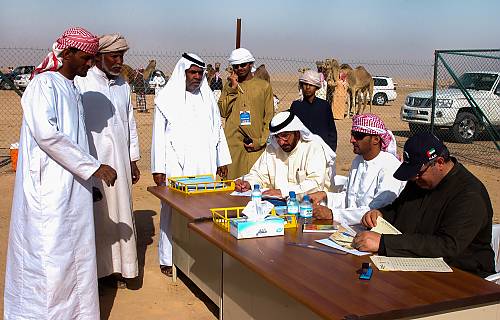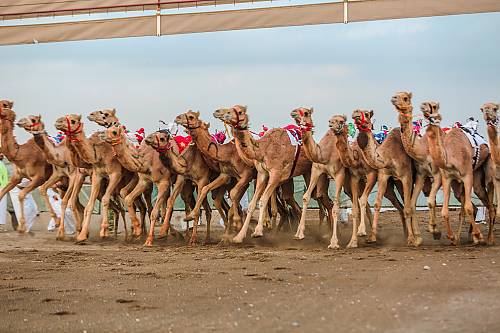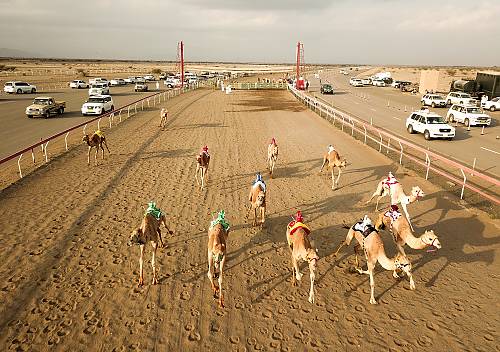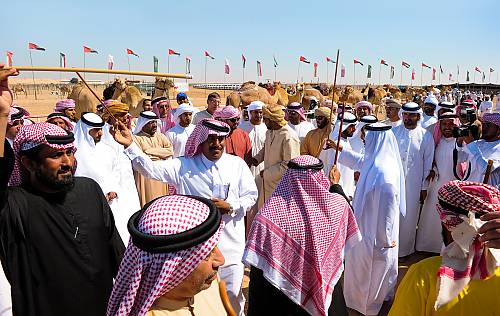Camel racing, a social practice and a festive heritage associated with camels
Inscribed in 2020 (15.COM) on the Representative List of the Intangible Cultural Heritage of Humanity

Camel racing, a social practice and festive heritage associated with camels, is a popular social practice in the communities concerned. Preparing the racing camels involves several stages. Camels are selected based on type, origin and age and are given a special diet. They practise on the racetrack in groups and are trained to take part in the races. Camel racing is conducted on specially designed fields under the supervision of specialised community committees. Usually, there are between fifteen and twenty racing camels in each round, and the racing distance is determined based on the camel’s age. There are recognized community traditions, customs and principles governing the races and community practices and a preparation committee verifies the camel’s origin. The related knowledge and skills are transmitted thanks to the combined efforts of community representatives, government institutions, specialized centres and the federation of racing and clubs. Children and young people gradually acquire knowledge and skills related to the practice through observation, simulation and oral expressions. Camel racing is a fundamental part of their nomadic lifestyle and a source of inspiration in poetry and singing. Its importance and continuity in Bedouin society is connected to the prominent role camels play in the desert environment.

